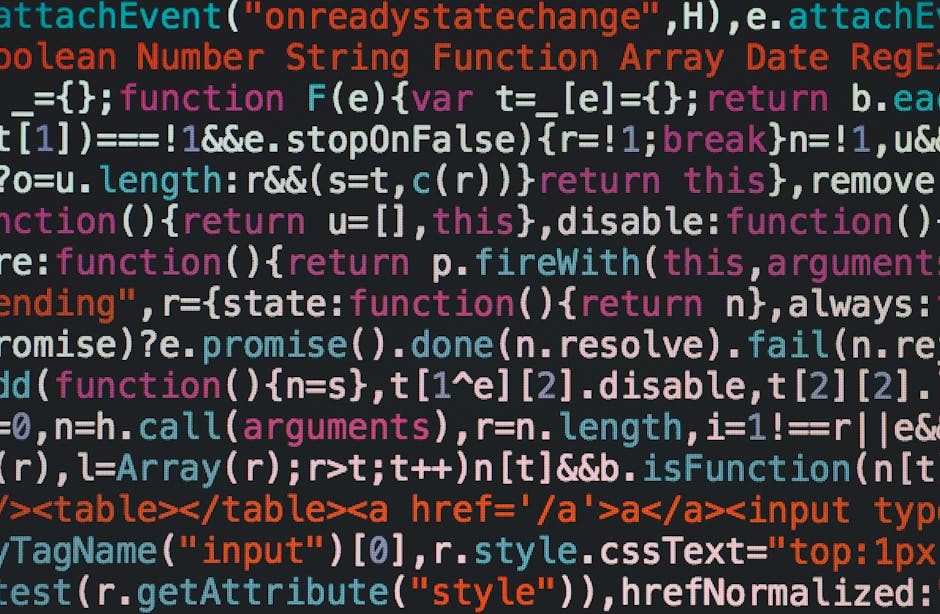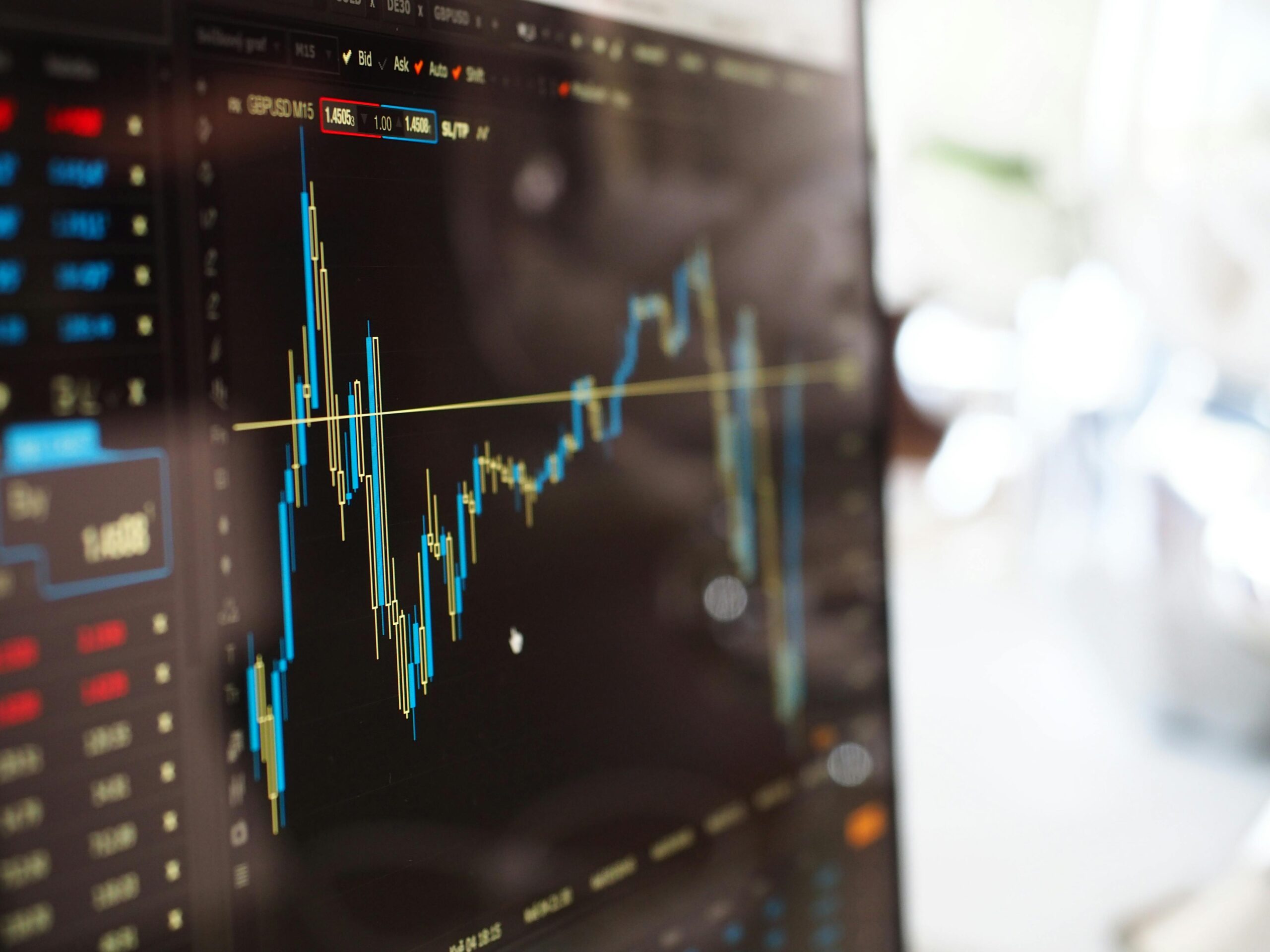The landscape of software development and cybersecurity is undergoing a dramatic shift. Artificial intelligence is no longer just a tool for automating simple tasks; it’s emerging as a powerful force capable of writing, reviewing, and even exploiting software vulnerabilities at a speed and scale that surpasses human capabilities. This evolution presents both incredible opportunities for safer code and unsettling implications for the future of cybersecurity. Let’s explore how AI agents are reshaping this dynamic field.
The Rise of AI in Software: From Assistant to Autonomous Agent
For years, AI’s role in software development has been primarily focused on supporting human developers – think of code completion suggestions and automated bug fixes. However, recent advancements have ushered in a new era of autonomous AI agents capable of far more complex tasks. These agents aren’t just assisting in the coding process; they’re independently writing entire software programs and, crucially, rigorously probing them for weaknesses.
A New Breed of Software Development Partner
Traditionally, software development has been a human-centric process, involving meticulous coding, testing, and debugging. However, the emergence of AI agents is changing the equation. These agents can now autonomously scan vast codebases, identify subtle flaws that might escape human eyes, and even generate functional exploits, often within minutes. This capability is fundamentally forcing companies to reconsider their entire approach to both software development and the security protocols surrounding it. The sheer volume of code these agents can process significantly reduces the time it takes to identify potential issues.
Outpacing Human Expertise: AI Dominates Bug Bounty Platforms
The most striking manifestation of this AI revolution is its growing dominance in the world of bug bounty platforms. Bug bounty programs incentivize security researchers to find and report vulnerabilities in software, offering rewards for their findings. Traditionally, these leaderboards have showcased the ingenuity of human hackers and security professionals. Now, they are increasingly reflecting the rise of machine intelligence in cybersecurity.
Xbow: A Phenomenon Redefining Vulnerability Discovery
One particularly remarkable example is Xbow. This AI tool has rapidly ascended to the top of global bug-hunting leaderboards, consistently outperforming human participants. The speed, accuracy, and sheer relentlessness of Xbow – it never sleeps, never gets distracted – provide it with a decisive edge. The result is a dramatic increase in the number of bugs found, faster patching of vulnerabilities, and the establishment of a new gold standard for vulnerability discovery. Imagine the potential impact on critical infrastructure and national security if this kind of capability can be consistently applied.
Delving Deeper: Understanding Xbow’s Power and Potential
While it may appear as simply a tool, Xbow represents a significant technological achievement. Developed by a team of elite researchers, its functionality extends far beyond simple vulnerability scanning. It utilizes advanced machine learning techniques to meticulously analyze software, simulate sophisticated attacks, and craft targeted exploits.
Continuous Learning and Adaptation
What truly sets Xbow apart is its ability to learn from its experiences. Each bug it identifies feeds back into its learning algorithm, constantly improving its tactics and expanding its repertoire of attack strategies. This iterative process allows it to adapt to new software architectures and evolving security landscapes, ensuring it remains a formidable adversary.
Adoption by Governments and Fortune 500 Companies
The potential of Xbow hasn’t gone unnoticed by those responsible for securing critical infrastructure. Government agencies and Fortune 500 companies are already actively deploying the tool to bolster their cybersecurity defenses. However, its immense power has also ignited a spirited debate about the potential risks associated with such advanced technology falling into the wrong hands. The ethical considerations surrounding its use are becoming increasingly complex.
The Shifting Landscape: AI Tops the Hacker Leaderboards
The unprecedented performance of AI agents like Xbow has a profound impact on the established order of cybersecurity. For the first time, an AI holds the top spot on a global vulnerability-hunting leaderboard, surpassing the combined efforts of thousands of skilled human hackers. This represents a monumental shift, challenging long-held assumptions about the limits of human ingenuity and highlighting the accelerating pace of technological advancement.
A Double-Edged Sword: Progress and Peril
While this development offers tremendous potential for creating safer software and improving overall cybersecurity posture, it also carries significant risks. The same technology that can be used to identify and patch vulnerabilities can also be wielded by malicious actors to launch devastating cyberattacks. This creates a dynamic where defensive and offensive capabilities are constantly escalating, potentially leading to an “arms race” between AI-powered defenders and cybercriminals.
The Takeaway: Navigating the New Era of Cybersecurity
AI agents like Xbow are fundamentally rewriting the rules of software security. They possess the capacity to write, review, and hack code at a scale and speed no human can match. While this promises a future with fewer software bugs and faster responses to emerging threats, it also opens the door to a new class of risks—where the most dangerous hackers may not be people, but machines.
Embracing AI as a Partner – and Understanding its Limitations
The cybersecurity world is undeniably entering a new era. Keeping up in this environment means not only racing alongside AI-powered tools but also developing a deep understanding of their capabilities and limitations. Human expertise will remain crucial for interpreting AI findings, validating vulnerabilities, and implementing effective mitigation strategies. The future of cybersecurity lies in a symbiotic relationship between human intelligence and artificial intelligence.
The Ongoing Evolution
The advancements highlighted here are just the beginning. As AI technology continues to evolve, we can expect even more sophisticated tools to emerge, further blurring the lines between offense and defense in the world of cybersecurity. The key to navigating this evolving landscape will be adaptability, continuous learning, and a proactive approach to embracing the challenges and opportunities that lie ahead.




Leave a Reply
You must be logged in to post a comment.